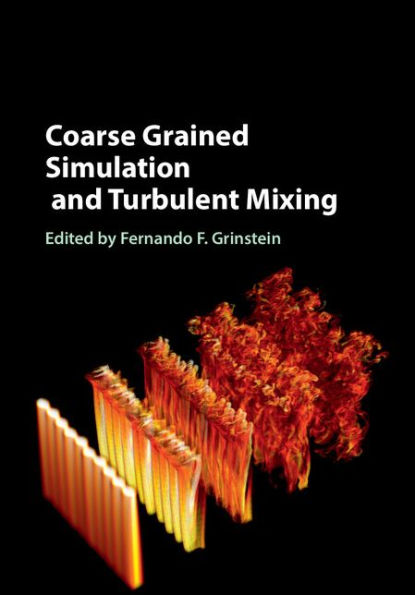Small-scale turbulent flow dynamics is traditionally viewed as universal and as enslaved to that of larger scales. In coarse grained simulation (CGS), large energy-containing structures are resolved, smaller structures are spatially filtered out, and unresolved subgrid scale (SGS) effects are modeled. Coarse Grained Simulation and Turbulent Mixing reviews our understanding of CGS. Beginning with an introduction to the fundamental theory the discussion then moves to the crucial challenges of predictability. Next, it addresses verification and validation, the primary means of assessing accuracy and reliability of numerical simulation. The final part reports on the progress made in addressing difficult non-equilibrium applications of timely current interest involving variable density turbulent mixing. The book will be of fundamental interest to graduate students, research scientists, and professionals involved in the design and analysis of complex turbulent flows.
1135302019
Coarse Grained Simulation and Turbulent Mixing
Small-scale turbulent flow dynamics is traditionally viewed as universal and as enslaved to that of larger scales. In coarse grained simulation (CGS), large energy-containing structures are resolved, smaller structures are spatially filtered out, and unresolved subgrid scale (SGS) effects are modeled. Coarse Grained Simulation and Turbulent Mixing reviews our understanding of CGS. Beginning with an introduction to the fundamental theory the discussion then moves to the crucial challenges of predictability. Next, it addresses verification and validation, the primary means of assessing accuracy and reliability of numerical simulation. The final part reports on the progress made in addressing difficult non-equilibrium applications of timely current interest involving variable density turbulent mixing. The book will be of fundamental interest to graduate students, research scientists, and professionals involved in the design and analysis of complex turbulent flows.
191.0
In Stock
5
1

Coarse Grained Simulation and Turbulent Mixing

Coarse Grained Simulation and Turbulent Mixing
Related collections and offers
191.0
In Stock

Product Details
| ISBN-13: | 9781316570753 |
|---|---|
| Publisher: | Cambridge University Press |
| Publication date: | 06/30/2016 |
| Sold by: | Barnes & Noble |
| Format: | eBook |
| File size: | 40 MB |
| Note: | This product may take a few minutes to download. |
About the Author
From the B&N Reads Blog
